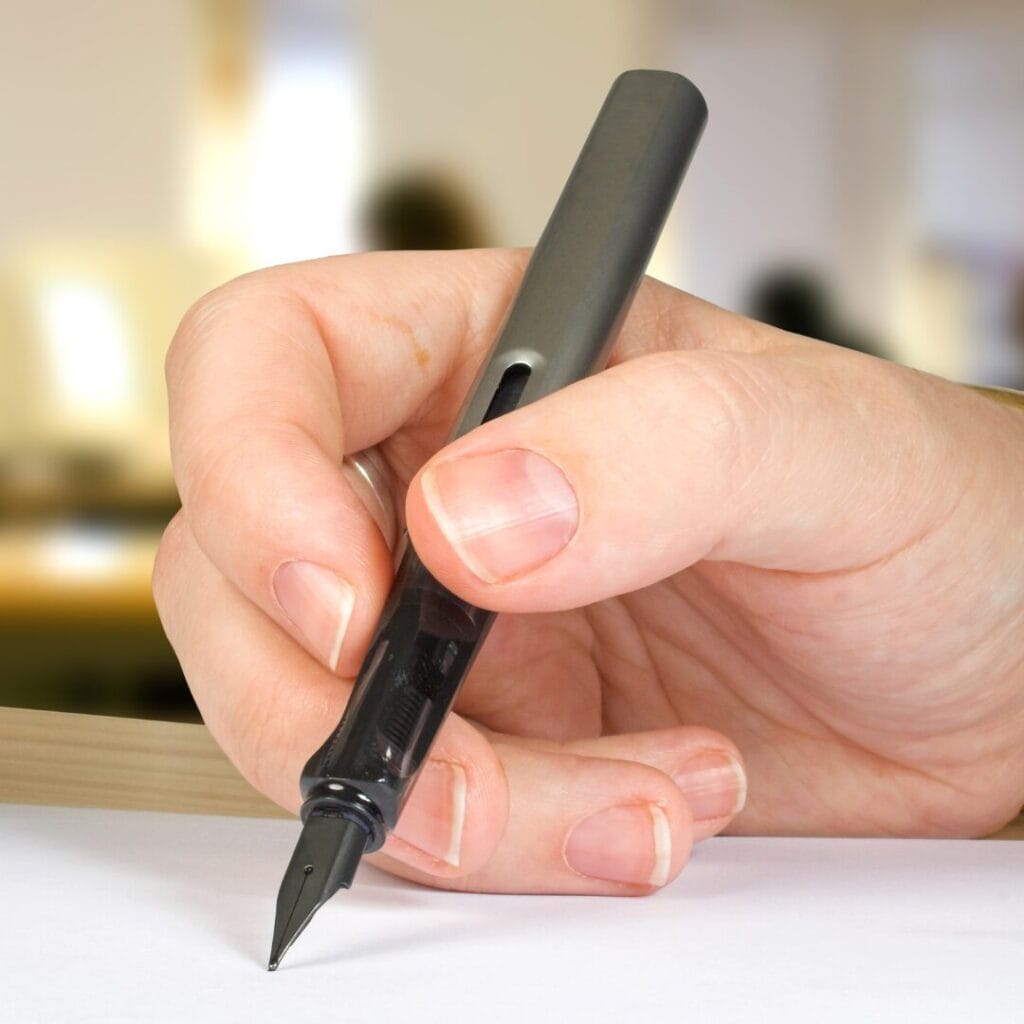
Job searching is an arduous and sometimes nerve wracking process, but finding a job listing that meets your personal and professional goals and skills is only part of the battle. Once you’ve identified a suitable listing, it’s time to start preparing your application materials, which includes your resume and cover letter. We’ve already given tips on how to update your resume to present your best self to potential employers, but the cover letter is equally important as it dives deeper into your personality, interest in the position, and how your previous experience and education relates. In this blog, we’re giving best practices and tips on how to write a cover letter that will make your application stand out from the other candidates vying for a position.
What is a cover letter?
Let’s start with the basics: a cover letter is a concise, one-page written personal statement of your interest in a role that’s included alongside your resume in a job application. Employers use cover letters to screen applicants before they are moved along in the hiring process.
In addition to demonstrating your interest in the role, a successful cover letter illustrates to hiring managers how your experience and education relate to the position and its responsibilities, as well as the ways in which you believe you can benefit the company.
It’s important to put the time into personalizing your cover letters for each position you’re applying for—it’s easy for hiring managers to determine if you’re using a template. Remember: it’s all about making yourself stand out from the crowd, so carefully craft your cover letter so that it’s geared toward the position you want and the company you want to work for.
How should I format a cover letter?
Your cover letter should be no more than one page long, and it should generally follow the below format, from top to bottom:
- The date, your name, address, email, phone number, and other relevant contact information.
- The name of the hiring manager, the company, and the company’s address.
- A greeting, followed by an introductory paragraph (one to two sentences) highlighting your interest in the position and a brief description of how your experience and skills fit the position.
- Body paragraphs that dive deeper into why you’re interested in the role/company and why you believe you’re qualified for it (this normally where you expand on your relevant experience and how it relates directly to the position you’re applying for).
- A closing paragraph that thanks the hiring manager for their time and summarizes why you should be considered, along with your interview availability and a call to action (CTA) asking the hiring manager to reach out to you for an interview.
- A respectful closing, signed by you.
If this is confusing, don’t worry—in the next few sections we’ll talk more about each part of the format and provide you with some examples.
What contact information should I include in my cover letter?
At the very top of your cover letter, make sure to include the date, your name, address, and contact information as well as the name of the hiring manager, the company, and its address. Think of what you’d include on the front of a mailed envelope, and put that information at the top of your cover letter.
Here’s an example:
February 21, 2024
John Doe
123 Main Street
Anytown, USA 12345
email@email.com
(123) 456-7890
Mr./Ms. Hiring Manager
Company Name
101 Business Drive
City, USA 23456
What should the introductory paragraph of my cover letter include?
After a professional greeting addressed to the hiring manager’s name (if available), your cover letter’s introduction should clearly state the position you’re applying for, as well as a brief description of why you’re right for the job:
Dear Mr./Ms. Hiring Manager,
Please accept this application for the open [JOB TITLE] position at [COMPANY NAME]. My experience as a [EXPERIENCE] has prepared me with [SKILLS] that make me an ideal candidate for this position.
What should the body paragraphs of my cover letter include?
The body paragraphs of your cover letter is where you can let your personality, skills, experience, and interest in the company and the position shine. There are many “correct” ways to write these body paragraphs, but you should refrain from using it to blandly reiterate your resume. Instead, connect your past experiences and the skills you learned into how they relate to the role you’re applying for.
Here are some pointers to follow when writing your body paragraphs:
- Discuss why you are interested in working for the company in the role you’re applying for.
- Explain some of your past work experiences and how the skills you learned or employed while there will benefit the company if you’re hired. (If you’re a new grad, talk about your schooling and any relevant extracurriculars or internships you may have taken part of.)
- Expand on some of your past experiences, giving specific examples with data wherever possible.
- Explain why you believe you’d be a good fit for the position and company.
What should the conclusion of my cover letter include?
The conclusion to your cover letter should thank the hiring manager for their time and summarize the reasons why you believe you’re a good fit for the role. Include your dates of availability for an interview and add a call to action asking the hiring manager to reach out to you to schedule an interview. You can reiterate your contact information if you’d like.
Then, close out with a professional thank you and sign your name!
Find an Entry-Level Sales Job at Barton
Ready to send out some cover letters? We’re hiring entry-level sales professionals at our nine offices across the United States—check out our open positions and apply today!
